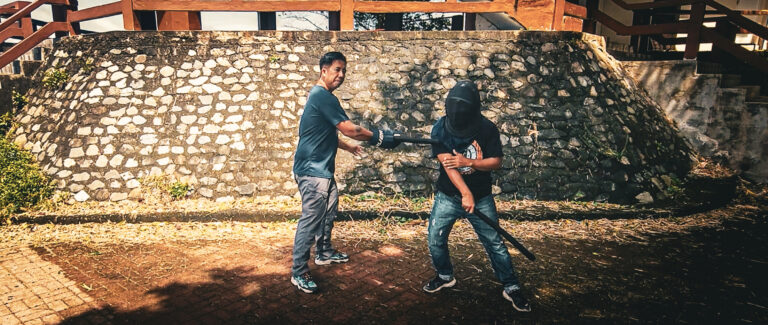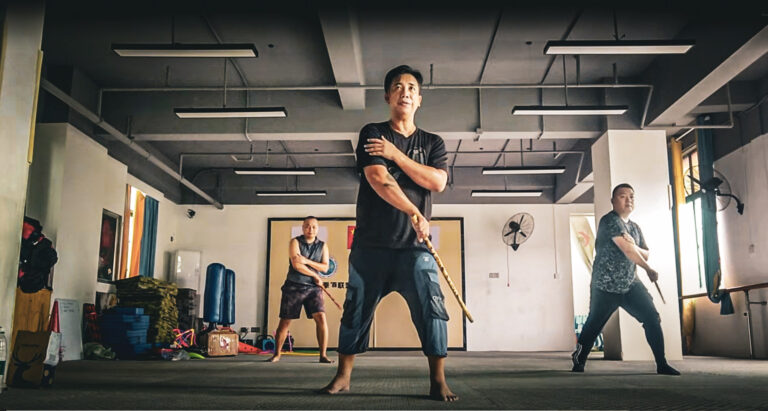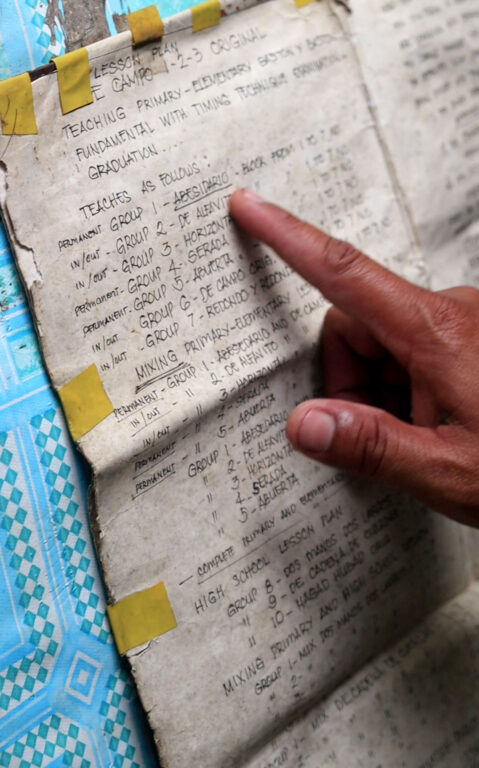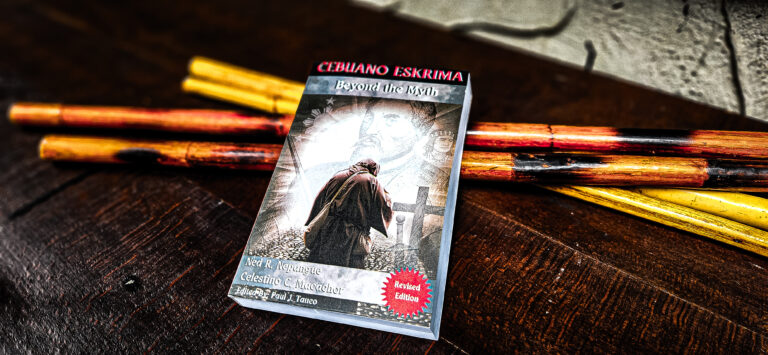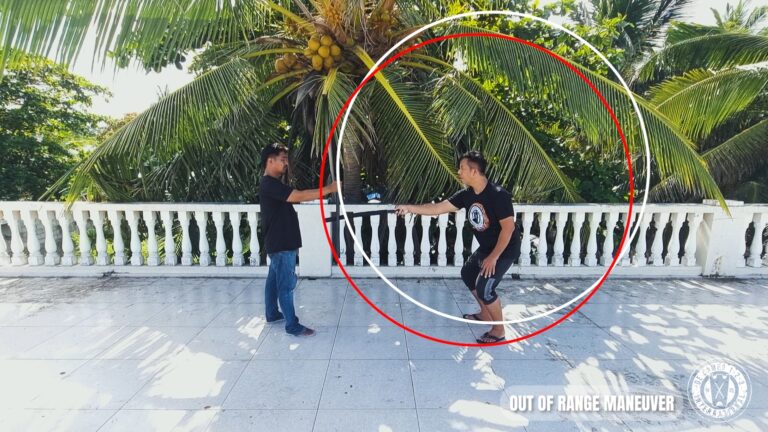In Filipino martial arts, particularly in De Campo, generating power in striking isn’t just about brute force. Instead, it involves harnessing kinetic energy, momentum, and the coordination of the body’s fulcrums. These concepts allow you to create fast, fluid, and powerful strikes in every move.
What is Kinetic Energy in De Campo?
Kinetic energy is the energy of motion. The formula is:
KE = 1/2 mv²
In De Campo, mass includes not just the weapon but the entire body. The faster you move, the more kinetic energy you generate. This energy translates into powerful strikes, allowing a practitioner to use fluid motion instead of raw strength. Every part of your body works together to maintain power through a combination of speed and technique. This principle of kinetic energy is crucial across various martial arts disciplines, as seen in this article on martial arts physics (Tigon Karate).
The Role of Momentum in De Campo Striking
Momentum, which is mass times velocity, allows for the continuous flow of strikes in De Campo. Instead of stopping after each hit, a practitioner uses the momentum of one strike to fuel the next. This ensures that power isn’t lost between movements, making every strike part of a continuous, fluid chain.
Momentum in De Campo striking is similar to how a pendulum swings or how energy transfers between objects. You can learn more about how energy transfer works in striking from the science of martial arts (BellaOnline).
How Fulcrums Maximize Power in De Campo Strikes
Key to maximizing kinetic energy in De Campo are fulcrums — the points in your body where movement pivots. These include:
- Wrist: Controls the weapon, adjusting direction and speed.
- Elbow: Generates speed and power.
- Shoulder: Adds range of motion.
- Hips: The core fulcrum that links upper and lower body movements.
- Knee and Ankle: Aid in stability and movement.
By coordinating these fulcrums, you can harness kinetic energy more efficiently, increasing both speed and power in your strikes. This method of leveraging fulcrums can be linked to angular momentum theories discussed in martial arts biomechanics (PLOS).
Redirecting Energy: The Controlled Ricochet in De Campo
Unlike other systems where strikes end after hitting a target, De Campo uses a ricochet-like movement. When a strike connects, the weapon bounces back, ready for another strike. This controlled ricochet lets you redirect kinetic energy into the next move.
For instance, imagine dribbling a basketball. The ball hits the ground and comes back up, ready to move again. The same happens in De Campo, where each strike sets up the next, ensuring that no momentum is wasted.
The Whipping Motion: Amplifying Kinetic Energy in De Campo
De Campo employs a whipping motion in its strikes. Energy starts in larger joints, like the hips, and moves down to smaller joints, like the wrist. This movement amplifies speed and power, similar to the way a whip cracks.
By using all the body’s fulcrums efficiently, this whipping motion ensures that each strike carries maximum kinetic energy and can quickly be followed by the next.
Conclusion
Mastering kinetic energy in De Campo power striking isn’t about raw strength — it’s about understanding and managing energy through motion, momentum, and fulcrums. With these principles, every hit becomes part of a fluid, powerful sequence. By using momentum and a controlled ricochet, you maintain energy and keep your opponent on the defensive. Learn more about the science of martial arts power and techniques from resources like this breakdown of martial arts physics (PLOS).


